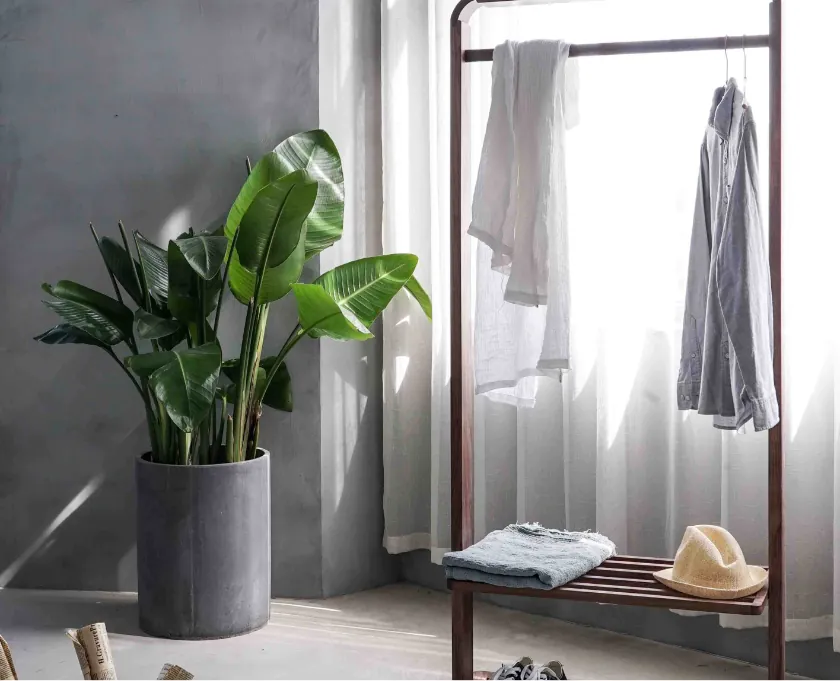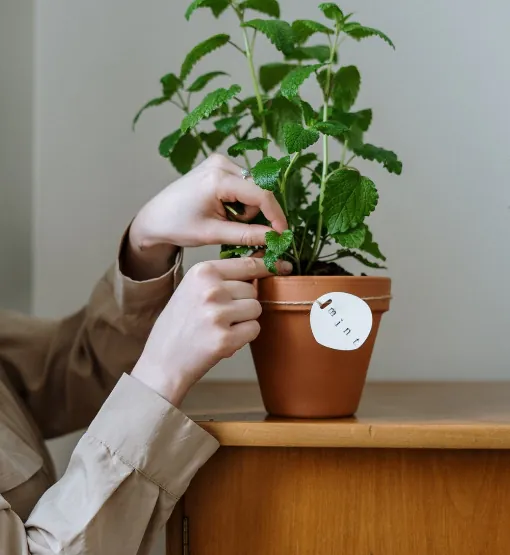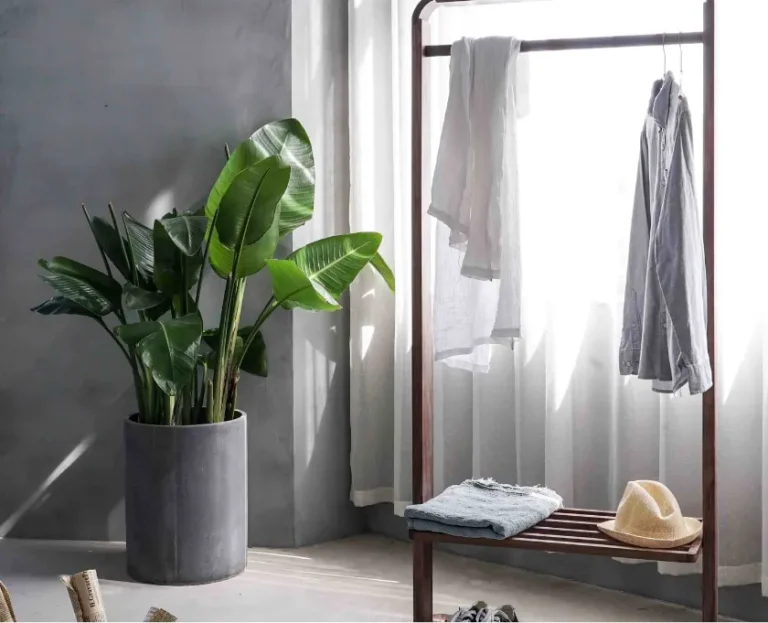Selecting indoor plants may seem simple, but with the wide variety available, it’s easy to feel overwhelmed. Choosing the right plant goes beyond picking something that looks nice—it’s about understanding the plant’s needs, your home’s conditions, and how much time you can dedicate to care. This detailed guide will walk you through everything you need to know to pick the perfect indoor plants for your space.
1. Understand Your Space
Before buying any plants, take a moment to evaluate your home. The environment dictates what plants will thrive. Consider the following:
Size Matters
- Do you have space for large plants like the fiddle-leaf fig or are you restricted to compact varieties like succulents?
- Large plants can become focal points in a room but need ample space to spread their leaves.
- Example: A rubber tree or parlor palm works well in a corner with sufficient light, while pothos and ivy are perfect for shelves and hanging planters.
Placement Considerations
- Where will the plants go? Windowsills, corners, desks, and shelves offer different light exposures and temperature conditions.
- Pro Tip: Don’t cram plants into tight spaces. Leave room for airflow to prevent mold and pests.
2. Assess the Light in Your Home
Light is the most important factor for indoor plant health. Start by observing how much natural light your home gets and where it falls throughout the day.
Types of Lighting
- Bright, Direct Light:
- Typically found near south-facing windows.
- Best for plants like cacti, succulents, and the bird of paradise.
- Bright, Indirect Light:
- Found near east- or west-facing windows.
- Ideal for plants like the monstera deliciosa, snake plant, and peace lily.
- Low Light:
- Areas with little or filtered light (like rooms with north-facing windows or spots away from windows).
- Suitable for plants like the ZZ plant, philodendron, and cast iron plant.
How to Measure Light
- Use a light meter or simply observe your home during different times of the day.
- If you’re unsure, apps like Google Lens can help identify plants suitable for your light conditions.
3. Match the Plant’s Care Needs to Your Lifestyle
Your lifestyle plays a crucial role in selecting the right plant. Some plants thrive on neglect, while others require daily attention.
Low-Maintenance Plants for Busy People
- If you travel frequently or forget to water, consider:
- Snake plant: Requires watering once every 2-3 weeks.
- ZZ plant: Hardy and drought-resistant.
- Pothos: Known as the “Devil’s Ivy,” it’s virtually indestructible.
Plants for Those Ready to Commit
- If you’re ready for a challenge, try:
- Calatheas: Stunning foliage but sensitive to humidity.
- Ferns: Thrive in moist, humid conditions.
- Fiddle-leaf fig: A stunning, statement-making plant but prone to leaf drop if not cared for properly.
4. Think About Humidity and Temperature
Indoor plants often originate from tropical climates, so recreating their natural environment is key.
Humidity Considerations
- Bathrooms and kitchens are naturally humid and great for tropical plants like ferns, peace lilies, and calatheas.
- For drier rooms, use a humidifier or group plants together to create a microclimate.
- Pro Tip: Place a tray filled with water and pebbles under the pot for natural humidity.
Temperature Needs
- Most houseplants thrive at temperatures between 60-75°F (15-24°C).
- Avoid placing plants near radiators, air conditioners, or drafty windows, as sudden temperature changes can stress plants.
5. Choose Plants Based on Purpose
Indoor plants don’t just beautify your home—they can also serve functional purposes.
Air-Purifying Plants
- According to NASA’s Clean Air Study, plants like the spider plant, peace lily, and areca palm help remove toxins from the air.
- Reference: Learn more about air-purifying plants on NASA’s Study Summary.
Mood-Boosting Plants
- Lavender and jasmine are known to reduce stress and improve sleep.
- Aloe vera not only soothes burns but also adds a calming aesthetic.
Decorative Plants
- Add color and vibrancy with flowering plants like anthuriums or variegated foliage like marble queen pothos.
6. Buy Plants from Reputable Sources
When selecting plants, where you buy them matters. Healthy plants from reliable nurseries are more likely to thrive.
Online Nurseries
- Sites like Bloomscape and The Sill provide expert advice and ship plants to your door.
- Always check reviews and plant descriptions to ensure they meet your needs.
Local Nurseries
- Visiting local plant shops allows you to see plants in person and ask for care tips.
What to Look For When Buying
- Inspect leaves: Avoid plants with yellowing or drooping leaves.
- Check roots: Roots poking out of drainage holes could mean the plant is root-bound.
- Test for pests: Look for small bugs or webbing, which can indicate infestations.
7. Final Tips and Common Mistakes to Avoid
Common Beginner Mistakes
- Overwatering: Most plants die from too much water, not too little. Always check soil moisture before watering.
- Ignoring Light Needs: Placing a plant in the wrong light can stunt growth or kill it.
- Skipping Research: Each plant has unique needs—spend time learning before buying.
Pro Tips
- Use pots with drainage holes to prevent root rot.
- Rotate your plants every few weeks to ensure even growth.
- Clean leaves occasionally to remove dust and allow for better photosynthesis.
Conclusion: Finding the Perfect Match
Choosing the right indoor plant isn’t just about aesthetics—it’s about creating a relationship with a living organism. Assess your space, understand the light and humidity conditions, and consider your care routine before making a purchase. Start with one or two hardy plants and gradually expand your collection as you gain confidence.
With the right approach, you’ll not only grow a beautiful indoor garden but also cultivate a rewarding and relaxing hobby.
Let your green thumb flourish! 🌱



